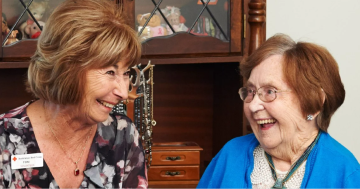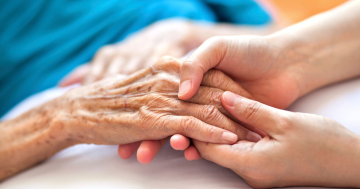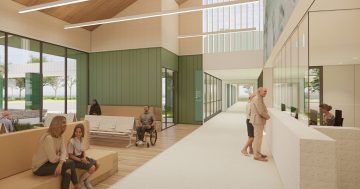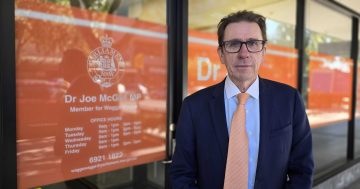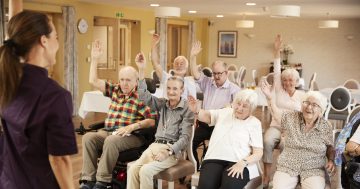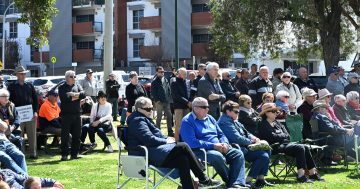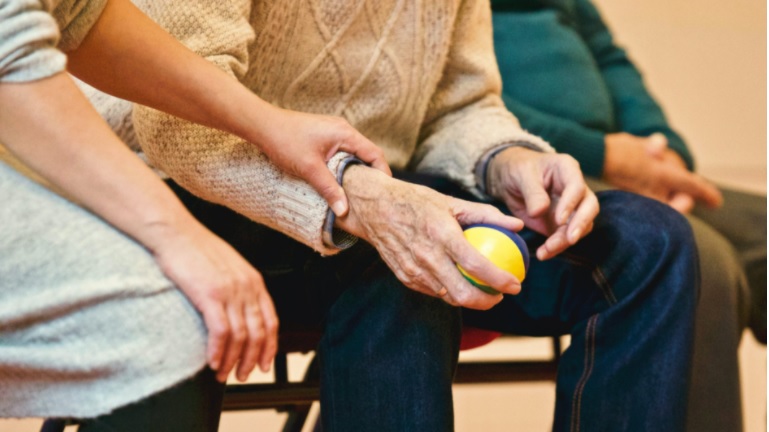
Even with restrictions easing throughout the Murrumbidgee Local Health District, visitors will be encouraged to visit aged care residents in their own rooms or in a designated visiting space which will be cleaned between visits to minimise contact. Photo: Supplied.
As COVID-19 numbers reduce across NSW, Murrumbidgee Local Health District (MLHD) is relaxing visitor restrictions for residential aged care facilities as well as paediatric patients in the region.
From Wednesday, 30 September, aged care residents will be allowed two visitors per day aged 16 years and over. This is an increase from just one visitor for a total of one hour, which had been in place since late July 2020.
Two parents or carers of paediatric patients in MLHD health care facilities will be permitted to visit a child in hospital instead of a single parent or carer.
But there is a reminder that visitors aged 16 years and over will need to complete a COVID-19 visitor assessment form and be subjected to a temperature check. Visitors will also be required to wear a mask before entering the facility.
Visitors will be encouraged to visit aged care residents in their own rooms, or in a designated visiting space which will be cleaned between visits to minimise contact.
Residents may also go for a drive with their family visitor but, at this stage, are not encouraged to leave the vehicle to visit a local business or someone’s home.
Clergy will be supported to conduct religious services in small groups maintaining screening processes, including temperature checking, mandatory flu vaccination, physical distancing and hand hygiene.
The relaxation of restrictions for young visitors, aged under 16 years, to aged care facilities is being considered in the next stage of easing visitor restrictions.
MLHD aged care manager Rosemary Garthwaite said the organisation has seen great innovation regarding visitation in its residential aged care homes.
“One such innovation is a booking system that enables physical distancing and managing the number of visitors in the home at any one time,” she said.
Ms Garthwaite said resident and staff safety is always the health service’s main consideration.
“These sorts of decisions are always made with residents in mind and their need to be with loved ones,” she explained.
MLHD continues to temperature check and screen all visitors to other health care facilities and ensure appropriate hand hygiene measures are in place.
Physical distancing and hand hygiene remain the primary tool to combat the transmission of COVID-19.
“We can all play a part in slowing the spread of the virus by reducing contact between people unless absolutely necessary, especially those in our population who may be more vulnerable or susceptible to the illness because of age or weakened immunity,” said Ms Garthwaite.
“We also ask people not to visit loved ones if they are feeling unwell, or if they have cold or flu like symptoms.”
Original Article published by Edwina Mason on About Regional.







